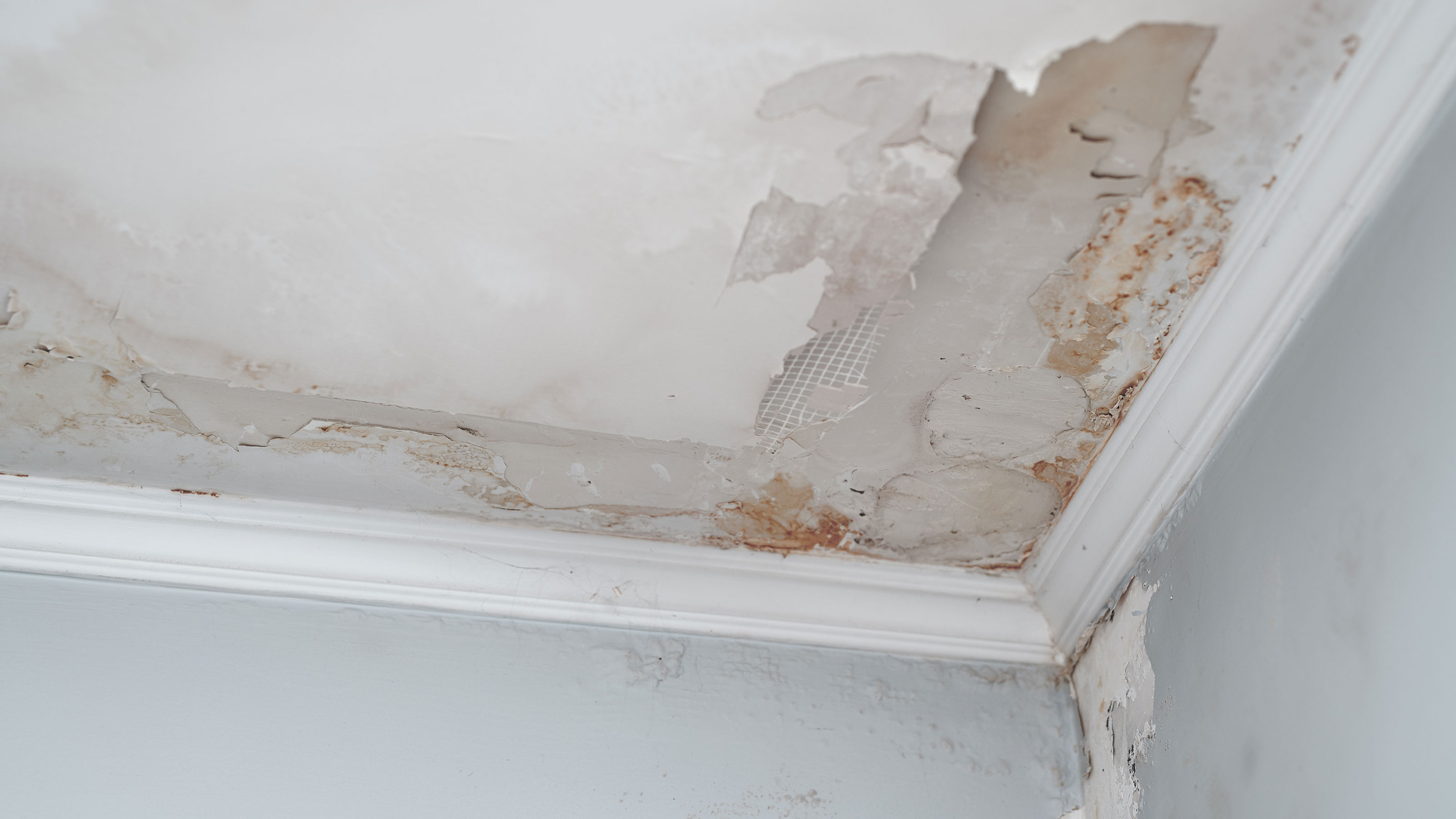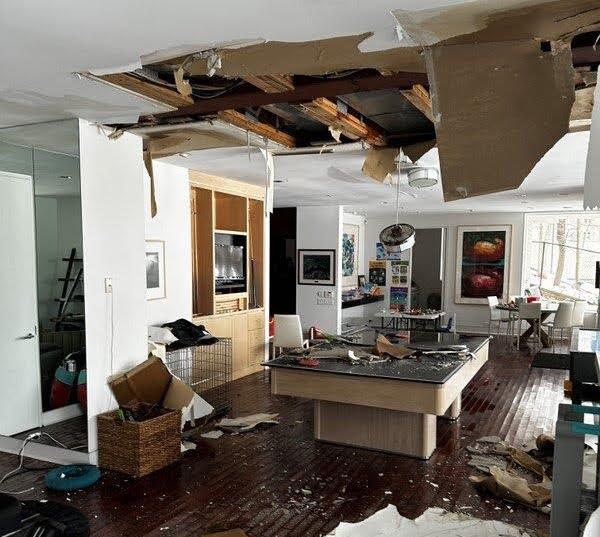Full-Spectrum Water Damage Repair Services for Complete Property Restoration
Wiki Article
The Process of Water Damage Cleaning: Guaranteeing Your Home Is Restored Successfully
Water damage can be a difficult challenge for homeowners, demanding a structured and thorough clean-up process to restore safety and security and functionality. damage restoration services. Following this, reliable water removal techniques play a crucial duty in minimizing further injury.Examining the Damage
Upon finding water damages, the very first step is to extensively examine the extent of the effect. This initial analysis is vital, as it helps identify the necessary steps for reliable clean-up and reconstruction. Begin by examining the influenced areas, consisting of walls, ceilings, floors, and individual possessions, to recognize the resource of the water intrusion, whether from flooding, leakages, or condensation.Recording the damage is crucial for both insurance cases and intending remediation initiatives - damage restoration services. Use photos and created notes to capture the intensity of the damages, noting any type of damaged architectural elements and products. Pay unique focus to areas that may not be instantly noticeable, such as behind walls and under rugs, as concealed moisture can result in more problems, consisting of mold and mildew growth
In addition, examine the timeline of the water exposure. The longer the products remain wet, the higher the possibility for damages. Understanding the period of direct exposure will certainly inform the urgency of remediation initiatives. Inevitably, a detailed assessment prepares for a successful water damage clean-up procedure, ensuring that all affected locations are addressed efficiently and completely.
Water Extraction Strategies

Experts generally employ submersible pumps for bigger quantities of water, which can swiftly alleviate flooding in cellars or other influenced locations. For smaller sized amounts, wet/dry vacuum cleaners are commonly utilized to remove residual moisture from rugs and hard surface areas. Additionally, making use of portable extractors permits targeted removal in confined areas or areas with fragile products.
In instances of infected water, such as sewage or floodwater, progressed extraction strategies may entail using biohazard tools to make sure safety and conformity with wellness policies. High-powered extraction devices are vital in decreasing water retention in structural products, which can bring about mold development and structural deterioration if not dealt with immediately.
Ultimately, the effectiveness of water removal strategies plays a pivotal function in the overall success of the water damage cleaning procedure, preparing for subsequent repair efforts.
Drying and Dehumidification
Once standing water has actually been successfully removed, the next important stage in the water damages cleaning process is drying and dehumidification. This step is necessary to avoid further damages and mold and mildew development, which can happen within 24 to two days in moist atmospheres.To attain effective drying out, customized tools such as industrial-grade air moving companies and dehumidifiers is utilized. Air movers distribute air throughout damp surface areas, improving evaporation rates, while dehumidifiers decrease humidity levels in the air, promoting a favorable atmosphere for drying. The combination of these tools guarantees that moisture is extracted from wall surfaces, home furnishings, and floors, allowing them to dry completely.
It is essential to check the drying out procedure carefully. Professionals frequently use dampness meters to evaluate the wetness content in various products, ensuring that all influenced locations get to appropriate dry skin levels. This careful method helps to avoid concealed dampness pockets that could result in structural damages or unhealthy mold growth.

Cleansing and Disinfecting
After the drying and dehumidification stage is complete, the next vital action in water damages clean-up is cleansing and sanitizing the impacted areas. This procedure is essential to stop the growth of mold, bacteria, and other pathogens that thrive in wet atmospheres.The cleaning phase generally entails removing any type of debris, dirt, and pollutants from surfaces making use of specialized cleansing agents. For difficult surface areas, a mix of soap and water or business cleansing products is typically utilized. Soft products, such as furniture and carpets, may call for more considerable cleaning techniques, consisting of vapor cleansing or deep removal techniques, to guarantee detailed sanitation.

Sanitizing complies with cleaning, utilizing EPA-approved anti-bacterials to remove harmful microorganisms. This step is essential, especially in areas that may have come right into call with floodwaters or sewer, as these resources can posture severe wellness dangers.
In addition, it is important to address any type of staying odors, which might require the use of odor neutralizers or innovative methods like ozone treatment. Correct cleansing and sterilizing not only restore the safety and hygiene of your home yet likewise prepared for effective remediation and repair work in subsequent stages of water damage restoration the water damage cleaning procedure.
Remediation and Repair Work

Once the evaluation is complete, reconstruction efforts can begin. Furthermore, flooring may call for comparable interest, depending on the degree of water direct exposure.
It is important to engage knowledgeable restoration professionals throughout this procedure, as they possess the proficiency to handle complex repair services successfully. They can help mitigate potential future issues, such as mold growth or structural instability, thus ensuring a risk-free and habitable living atmosphere. Eventually, efficient reconstruction and fixings restore the home's integrity and enhance its total value.
Verdict
To conclude, the procedure of water damage cleanup is crucial for restoring a home to its pre-damage condition. Each stage, from analyzing the damage to executing efficient water extraction techniques, complied with by extensive drying, disinfecting, and necessary repair work, plays an essential role in making sure security and conformity with structure criteria. Effective implementation of these actions not only reduces immediate damages but also improves the long-term honesty and value of the residential property.Water damages can be a challenging obstacle for homeowners, requiring a organized and meticulous clean-up procedure to restore security and capability. Eventually, a thorough assessment lays the groundwork for an effective water damages cleanup process, making certain that all affected locations are resolved efficiently and extensively.
Effective water extraction methods are crucial in mitigating damage and stopping more difficulties following a water intrusion occasion.In verdict, the procedure of water damages cleaning is critical for bring back a home to its pre-damage condition. Each phase, from evaluating the damage to carrying out efficient water removal methods, complied with by comprehensive drying, sterilizing, and required repair work, plays a necessary duty in making certain safety and security and conformity with structure requirements.
Report this wiki page